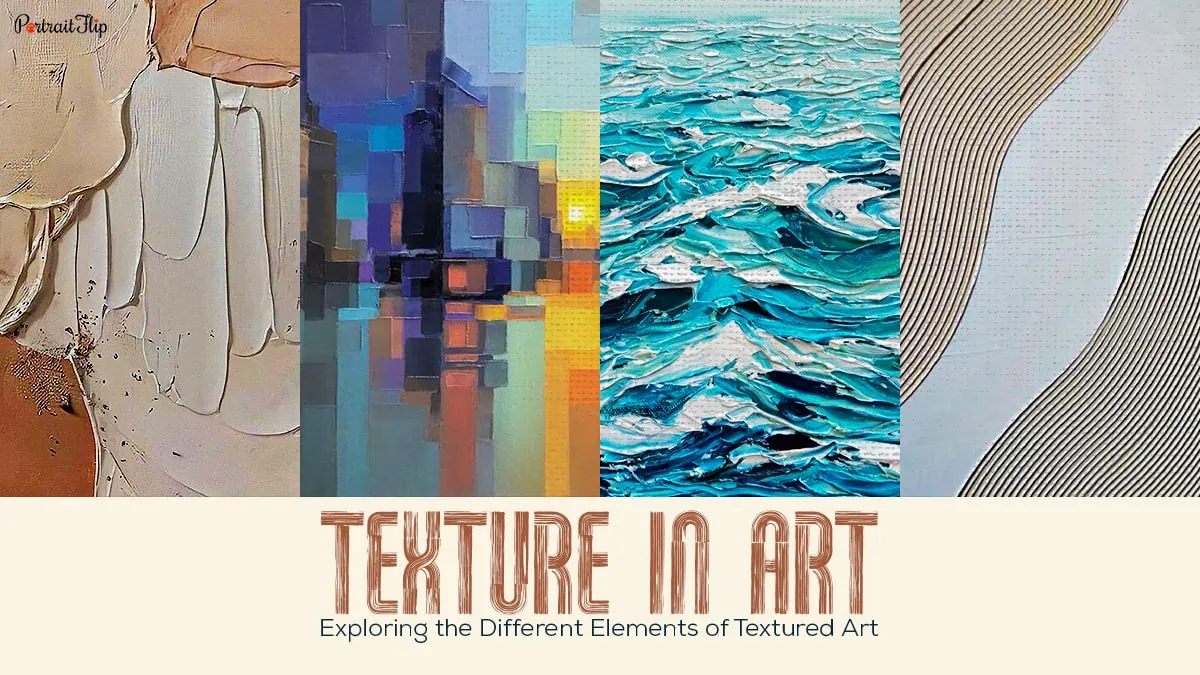Have you ever wondered where the effects in the paintings come from?
Well, the answer is pretty clear that it is all because of the texture in art!
With that being said, I’d love to share with you some intriguing details about the meaning and importance of texture in art.
The depth of the texture and the effects that it creates add to the beauty of the painting.
If you look closely, you might understand that it requires a lot of painting skills and mastery to add texture to your painting.
Moreover, texture is everywhere in a piece of art.
With this being said, we will now be learning about texture in art via this article.
Not just in modern art, texture in art plays a huge role in the history of paintings as well.
Table of contents
Definition of Texture in Art
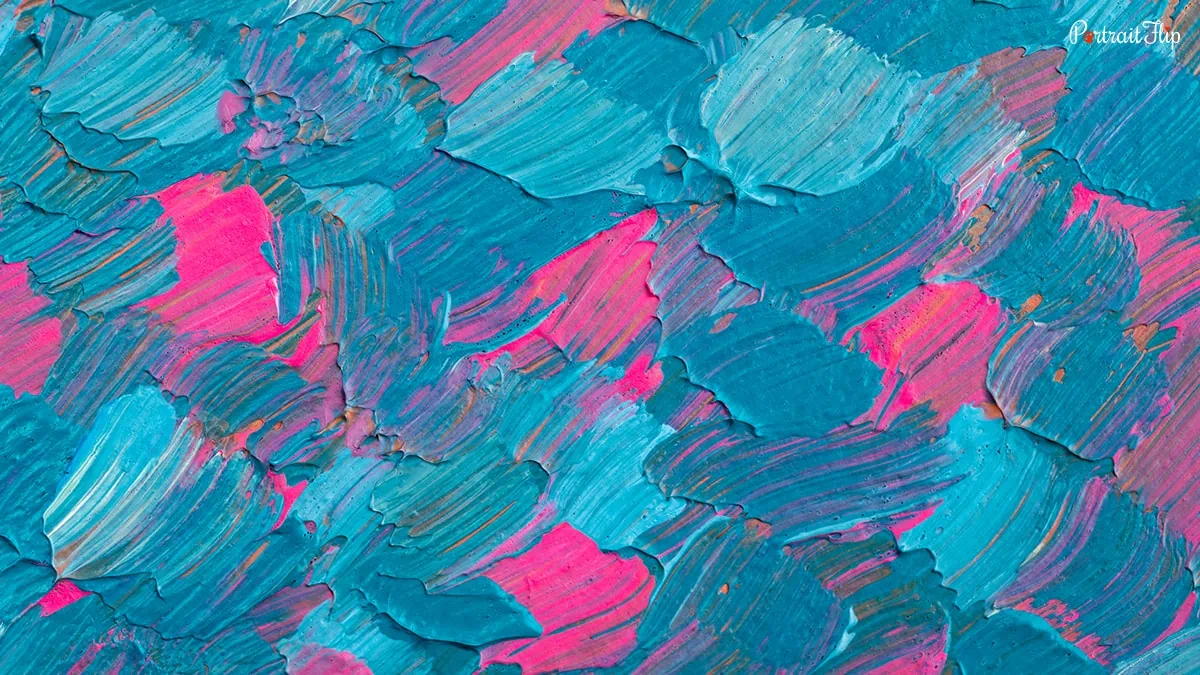
When you think of texture in art, what is the first thing you think about?
The first thing you can think about is the purpose behind providing texture to that specific artwork.
Different explanations of the purpose and importance of including texture in your artwork can be found in modern texture art definitions.
Texture, both as a concept and a term, refers to an artwork’s surface and the way it has been finished.
Given the fact that the term, “surface quality” describes how a subject’s or object’s surface appears and feels in an image.
As a result, this is recognized as the texture, which can be produced by a number of mark-making methods.
Textures can be produced and recognized in virtually any work of art, including paintings, sculptures, and drawings.
A painting or sculpture’s texture, which can feel or look smooth, rough, gloosy, or matte depending on its surface finish, allows us to feel and perceive the artwork.
It is generally agreed, are unable to simply walk into a gallery and touch the artwork to assess its teture because texture is related to the tactlie sense of touch, which we use to perceive texture.
Visual techniques and strategies must be used by artists when creating their works of art in order to guarantee that the viewer can comprehend the texture of an object or image and imagine how the subject must feel.
It is crucial to include texture in your artwork, whether it is in sculptures with smooth surfaces or textured paintings with layers of paint that were added on purpose.
It is crucial to include texture in your artwork, whether it is in sculptures with smooth surfaces or textured paintings with layers of paint that were added on purpose.
Also Read: Rhythm in Art
Types of Textures in Art
Texture is one of the most important parts of art, and it also guides the perception of what people see
It also adds a sense of life to the painting and adds an effect to it that catches the viewer’s attention.
In art, there are two types of textures, namely: visual, otherwise described as “implied” or the “illusion” of texture.
And physical, which we can touch and see.
These types of textures are included on a two or three-dimensional surface.
In addition to adding depth and enhancing certain elements like contrast, movement, rhythm, etc.
Texture in art also gives the viewer the impression that an object, figure, or space in a painting is three-dimensional.
Also Read: Famous Portrait Painters
1. Visual Texture
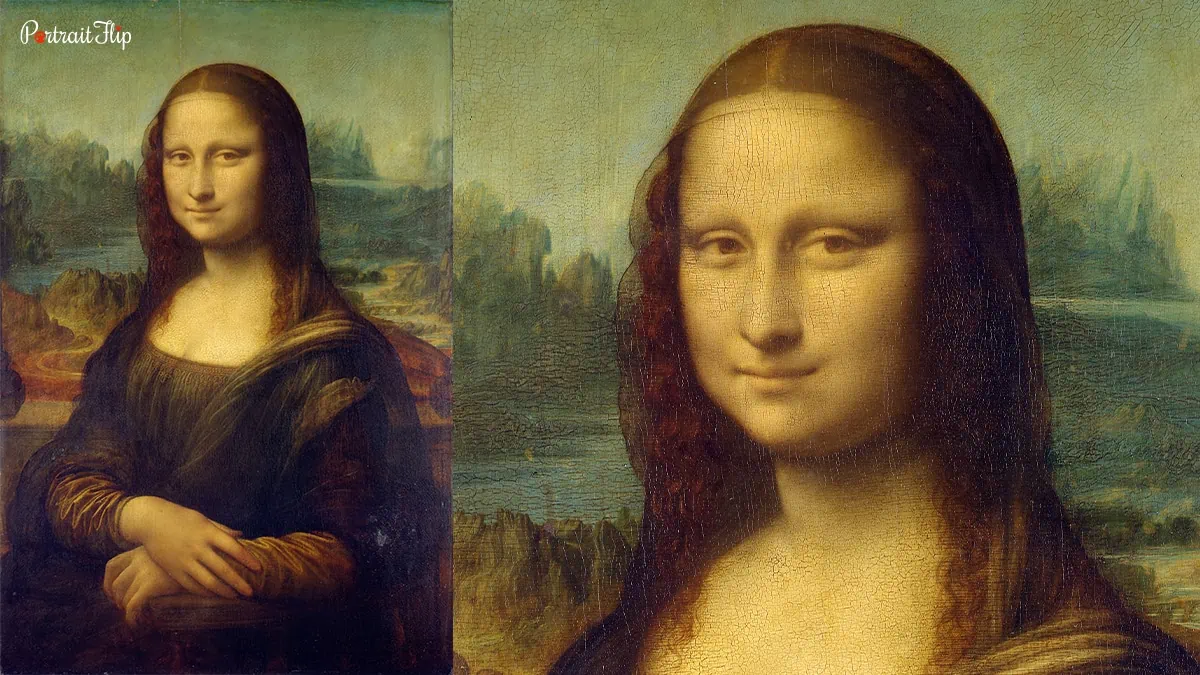
Other terms for visual texture include “implied” and “giving the illusion” of a texture.
On a flat or two-dimensional surface, such as a canvas, this is typically noticeable.
Another crucial factor is the kind of paint used to produce a particular texture.
Oil, acrylic, tempera, or watercolor are some of the many paints that artists can select from to create the desired texture.
There are many methods for achieving visual texture that allow for creative expression.
In the case of a painting, paint brushes, palette knives, sponges, or any other paint application tool are frequently used, to create texture.
Another important consideration is the fact that each type of paint will have a different effect or texture on the canvas because canvases and other painting surfaces will have a variety of surface textures.
The surface of raw canvas can be primed to produce a smoother base and background for the remaining elements of the composition if one is painting, on canvas paper.
Suggested Read: Movements in Art
2. Physical Texture

The tactile qualities of artwork are indicated by the physical texture that is used in it.
This could be a sculpture or a painting that has had a lot of paint applied to it.
These can be artistic methods like the impasto technique or a sculpture made of any material, such as bronze, wood, marble, or even stainless steel.
Koons sculptures are made of stainless steel, and we are enticed to reach out and touch them to check whether they are actually larger-than-life balloons or just a clever piece of art.
After the Renaissance era, as art evolved into the Modern era, artists started to focus more on expressing their inner selves and the transient nature of the world around them.
To evoke these feelings and ideas, new painting techniques were used.
Famous for using paint to produce textured and abstract art, Impressionist and Expressionist artists gained fame for this technique.
Suggested Read: Unity in Art
Depths of Texture in Art
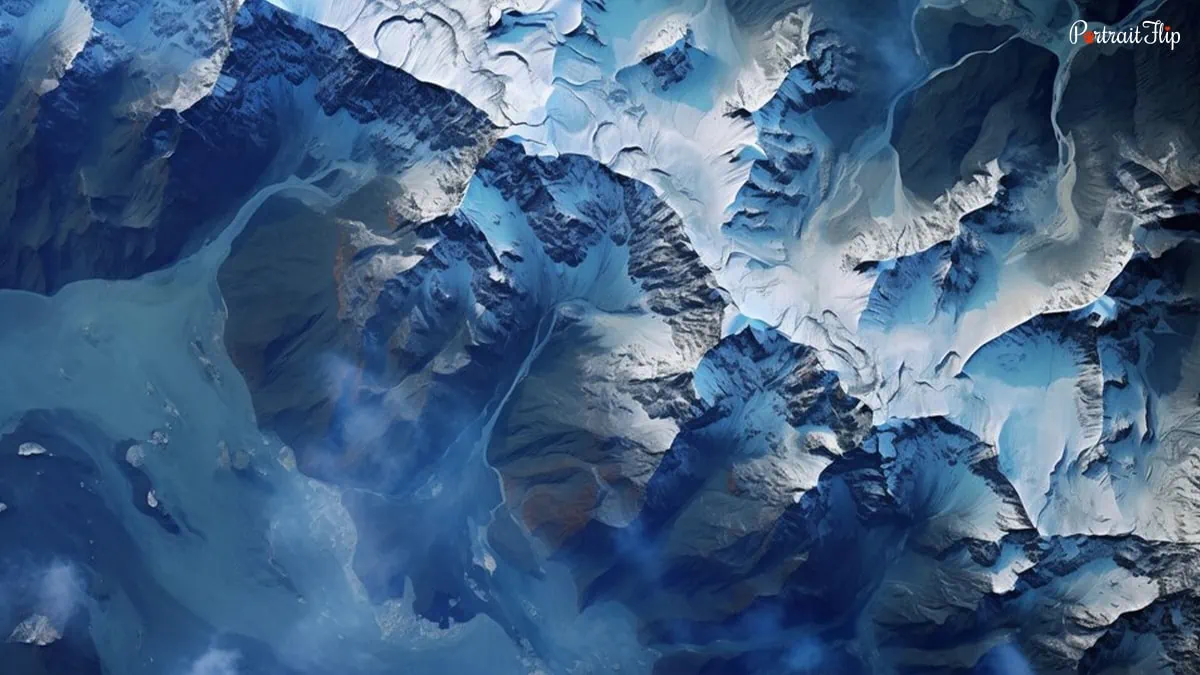
Any artist, art historian, or art enthusiast can use some descriptive words to help them understand texture in works of art because there are many ways to describe it.
Texture can thus be described in numerous ways that allude to different surface types, materials, and elements.
Artists can employ a variety of terms and methods to make sure that the audience understands the underlying message of the work, from textures on tangible man-made objects to textures from natural subjects and even intangible elements.
Wrapping up the Concept of Texture in Art
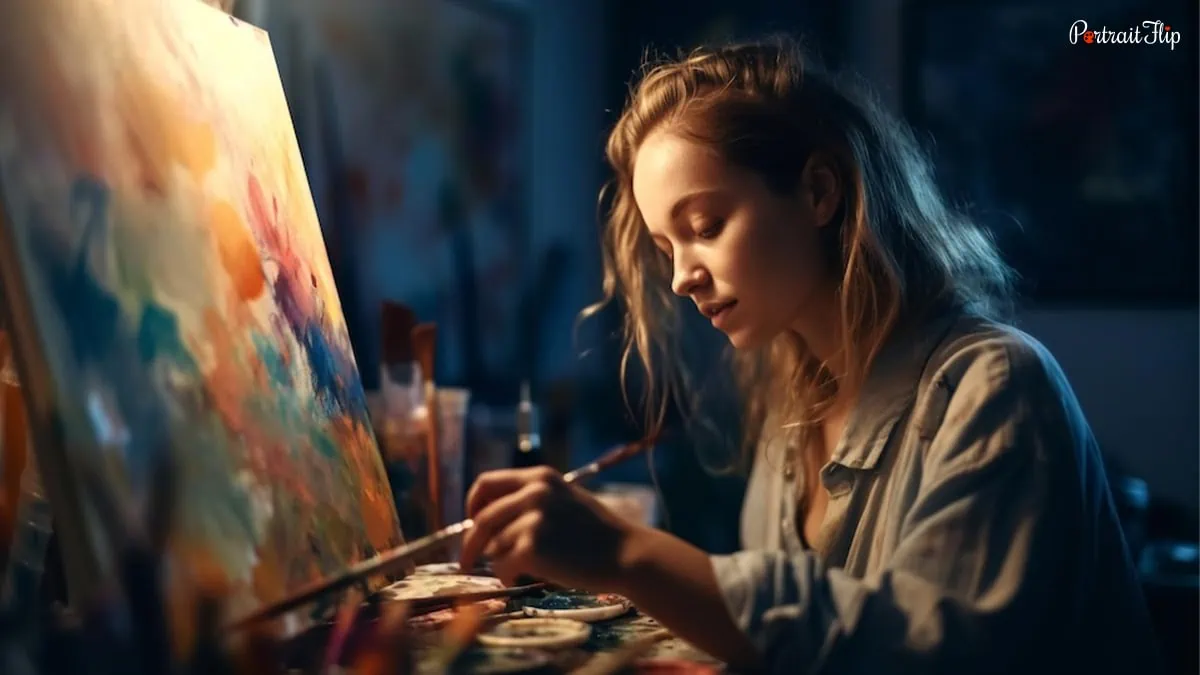
Though it can be difficult to convey texture in art, you can be sure that your textures will be understood if you give careful consideration to the various surfaces in your composition.
To help you understand this crucial aspect of art, we have provided a brief summary of texture in the works of art below, along with a few examples.
It is now the time to learn more about the characteristics of the types of texture, both visual and physical:
Visual texture that is also remarked as Implied or illusionistic texture is what we can clearly see but not physically feel.
It is commonly worked on a two-dimensional surface and it often gives the idea of illusion or vivid texture.
Some of the examples of it are: Mona Lisa by DaVinci and Still Life by Pieter Claesz.
Now, talking about the physical texture, so, this type of texture is generally more tactile in terms of qualities.
We can easily feel and usually these textures are worked on three-dimensional surfaces, flat canvas or even sculpted artworks.
Some of the examples for physical texture are, Balloon dog by Jeff Koons and The Starry Night by Vincent Van Gogh.
There are many different media in which texture can be used, including digital art as well as painting and drawing.
We have also looked at the two main categories of texture, physical and visual textures, which each have their own distinctive qualities.
Texture can also be made with other art components to improve your visual composition, whether you are painting a draped dress or illustrating a sliver of sunlight.
Elements of Texture In Art
Texture can be applied in a myriad of media, from painting and drawing to sculpture, and even digital art.
We have also explored the two primary types of texture, namely, visual and physical textures, which each carry unique characteristics.
Whether you are painting a draped dress or depicting a silver ray of sunlight, texture can also be created with other elements of art to enhance your visual composition.
Suggested Read: Famous Expressionist Artists
To Sum it Up
This was all about the depth of texture in art. I hope that you enjoyed reading the information.
Many beautiful artifacts were curated while adding texture to art, and some of the paintings have been the center of attraction as well.
Do you wish to own a painting that becomes the center of attention in your house?
Then, don’t worry; you’ve come to the right place!
PortraitFlip has given you a wide range of replicas to choose from, and you can get them hand-painted at museum quality.
Author’s Note
If you are still here, then thank you so much for staying till the end!
This was all about the texture in art.
We try our best to provide you with the most refined and researched information, so if you find this blog helpful, then do leave your valuable feedback in the comments.
Also, we are active on social media platforms and post fun content there; say hi to us on Instagram or Pinterest.
We are actively posting on YouTube, so don’t forget to subscribe <3
See you soon; till then, stay hydrated!
Bye bye!
Frequently Asked Questions
The quality of an artwork’s surface is reflected in its texture, which is a component of art. In order to improve the subject of an artwork and give it depth, meaning, and form, texture can be created using a variety of techniques and mediums.
Color, line, value, form, shape, space, and texture are examples of art’s constituent parts. These are used as visual aids to create artistic compositions and can be used in conjunction with different artistic principles to produce expressive, abstract, and realistic artwork.
The principles of art include balance, harmony, unity, variety, movement, rhythm, proportion, scale, emphasis, contrast, repetition, and pattern. These work in conjunction with the seven elements of art to produce impactful artworks.

